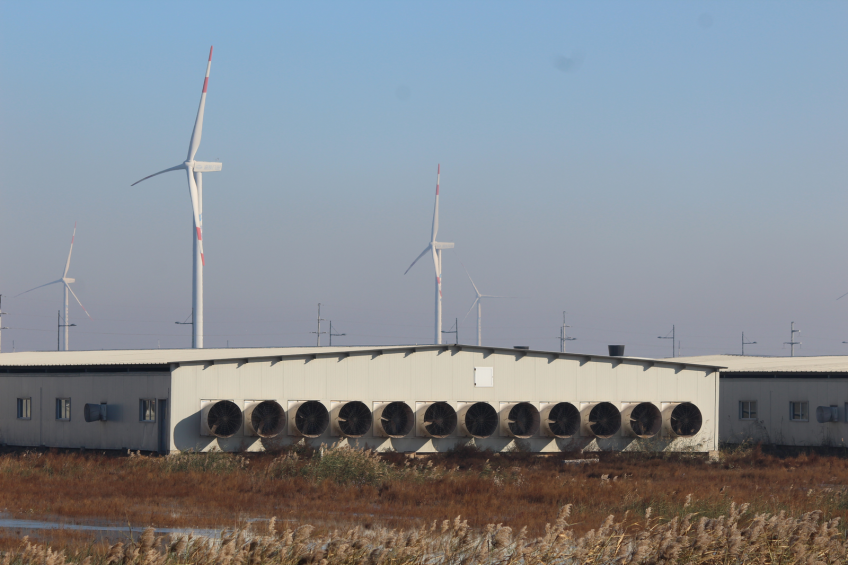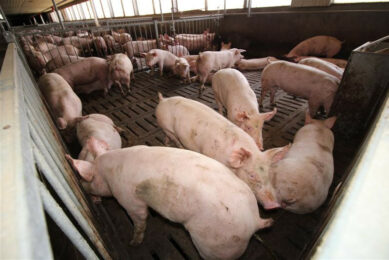Building a new pig farm…

Among many issues to consider, there is especially 1 question which often arises in the initial stages of planning a new pig farm: What is the most important factor to ensure success?
It is a relevant question, yet difficult to give one comprehensive answer to. Amongst others, it is critical to emphasise on the importance of adequate housing and climate systems. Despite huge improvements in the recent decade, surprising compromises are still seen even in new farms and although it may boil down to budget, the subject and consequences ought to be discussed deeply when designing new farms.
Variation of climate conditions in Asia
The variation of climate conditions in Asia, stretching from extreme cold and dry in the north till extremely hot and humid in the south including regional heavy rainstorms and typhoons, are challenging factors when selecting housing and climate systems.
Increasingly with larger farms, qualified employees are steadily becoming harder to find and the implementation of new high-performance genetics which still might be more sensitive to the extreme climate conditions, as well as optimal housing and climate systems, is a way to mitigate variable factors such as feed intake, fertility, returns, heat-stress etc. in the hot season. Well insulated housing and controlled ventilation contributes to i.e. saving of heating and improving the air quality.
Poor insulation or leaks
With poor insulation or leaks in the construction, the temperature might in the best case be kept steady, but often without air replacement, resulting in increase of gas and moisture levels with the risk of respiratory disease. A well-dimensioned cooling system may also underperform in a poorly insulated and leaking building.
Keeping in mind that pigs at all stages of life have a rather narrow upper and lower critical temperature within which they perform optimal. This is called the thermo-neutral zone and should be our aim to achieve.
Detailed climatic analysis
When designing a farm, it must be a natural part of the process to make a detailed climatic analysis of the exact farm location and use the information to suggest the most optimal farm layout and interior design.
With that said, it is well known that feed costs are the single highest contributor to the cost of production which should lead to a constant hunt for efficiency in the feeding strategy, methods to improve utilisation or reduce waste, recipes or feeding technologies, even small improvements influence the bottom-line significantly.
Besides traceability, new technology and automation also make sense due to the challenge of finding enough qualified employees. There is a constant demand of increasingly better qualifications thus information technology can help with getting precise data collected fast and allow operational decisions to be made effectively.
Legislation regarding pollution, emission, odour
The fast development of the livestock industry will inevitably lead to legislations in regards of pollution, emission, odour, resources, animal welfare etc. Such could likely be required implemented rather quickly and should be kept in mind during design work.
Above are just a few points of what is important to consider in the design stage. It’s important to take into account these points and mitigate variables wherever possible.
This article is the first in a series on how to design new pig farms? It is also a summary of a presentation given at the Pork Production Conference in Beijing, China, early September 2016. In the next weeks, more summaries will be published. Want to read them all at once? Then simply download this whitepaper.











